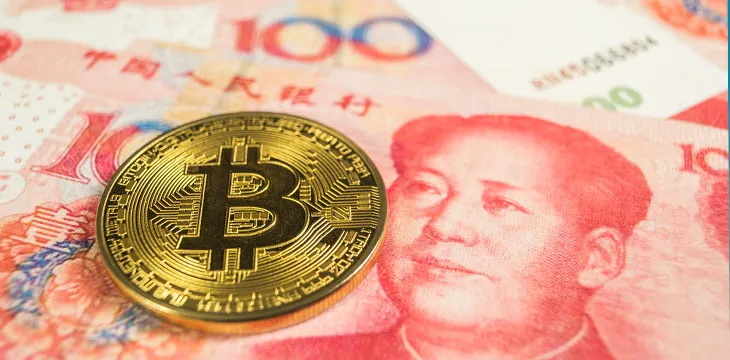|
Getting your Trinity Audio player ready...
|
China’s digital yuan has seen an increase in the number of use cases over the last few weeks as the central bank races for a full-scale launch. The latest development is the deployment of smart contract functionality to the central bank digital currency (CBDC).
The smart contract functionality was integrated into the food delivery app Meituan, allowing users of the digital yuan to automatically compete in a raffle draw, 8BTC reported. The smart contract searches users’ keywords and if a user’s purchase is part of the keyword for the day, they are eligible to take part in the prize.
Selected users are allowed to jostle for a “red envelope” worth around $1,300 or 8888 yuan as part of celebrations leading up to the Chinese New Year. The red envelopes, known traditionally as ‘hongbao,’ are used to send money to friends and family during the New Year celebrations.
Payment companies like Alipay and WeChat have leveraged the tradition to offer customers the option of sending digital red envelopes to their loved ones.
Looking to trigger increased usage, the People’s Bank of China (PBoC) announced the addition of the feature on the digital yuan app, going as far as allowing users to customize messages. The PBoC’s red envelope feature also comes with the option for users to set up a “lucky draw” for a selected group of persons to share pooled funds in a random fashion.
The digital yuan notched a new use case after it was deployed in the purchase of securities for the first time by users of a local brokerage firm, Soochow Securities. According to the China Securities Journal, the feature had been in the works for a while and will trigger wider adoption for the CBDC.
The PBoC introduced contactless payments designed to allow users to use the digital yuan app without an internet supply or even power.
Scrambling to trigger widespread adoption
There are concerns that the adoption pace of the digital yuan is waning amid a plethora of payment options in the country. Former PBoC researcher Xie Ping noted that the pilot’s “results are not ideal” and that “usage has been low, highly inactive.”
In a recent PBoC financial statement, the central bank noted that only $2 billion worth of CBDC was in circulation and formed less than 0.1% of the entire fiscal year of 2022.
Keen on increasing user metrics, the Chinese banking regulator has announced the increase of the pilot to new cities while local regulators are exploring new options to incorporate the CBDC in utility payments.
To learn more about central bank digital currencies and some of the design decisions that need to be considered when creating and launching it, read nChain’s CBDC playbook.
Watch: Blockchain for Digital Transformation of Nations

 07-05-2025
07-05-2025 





